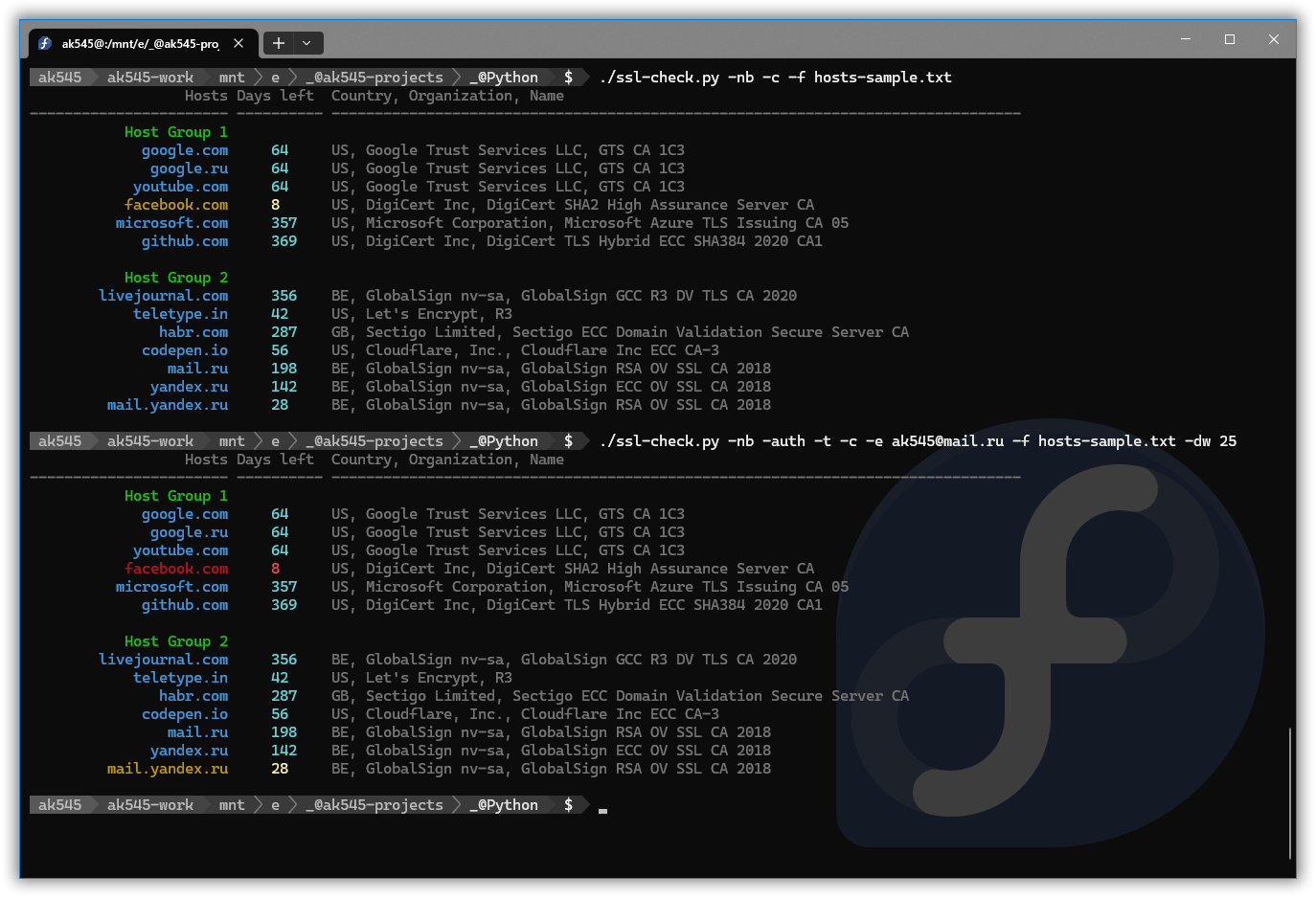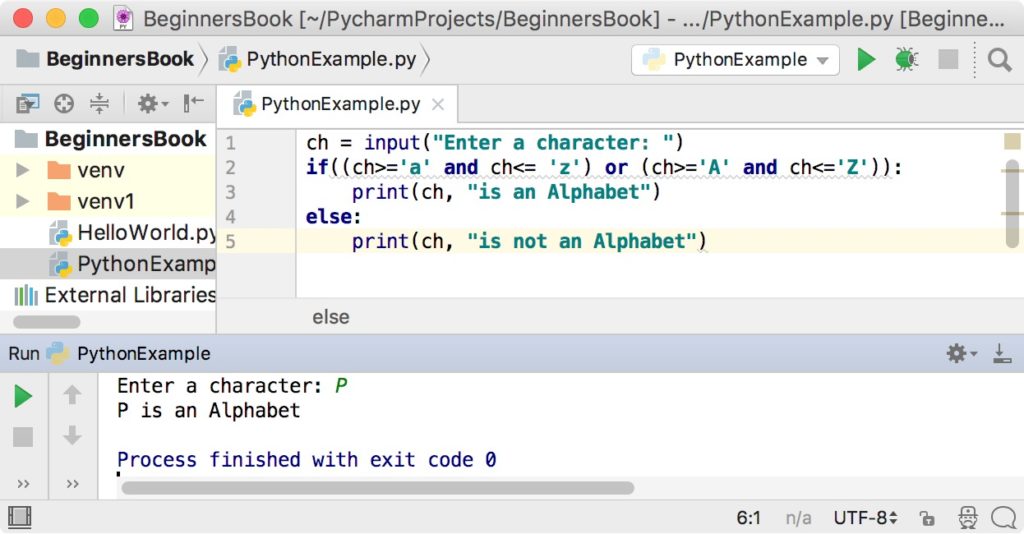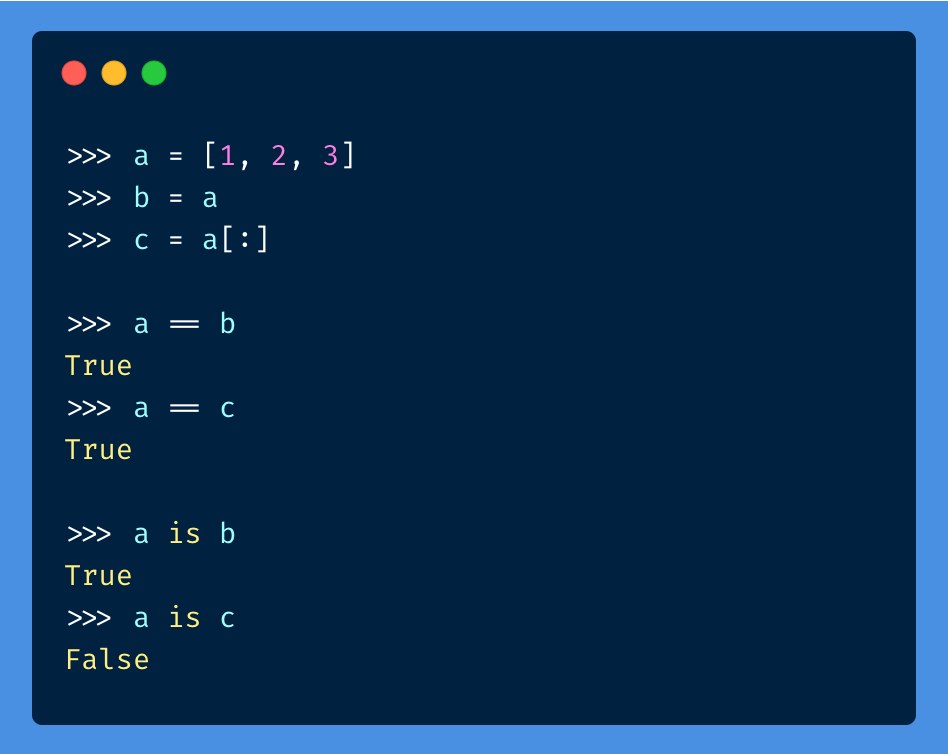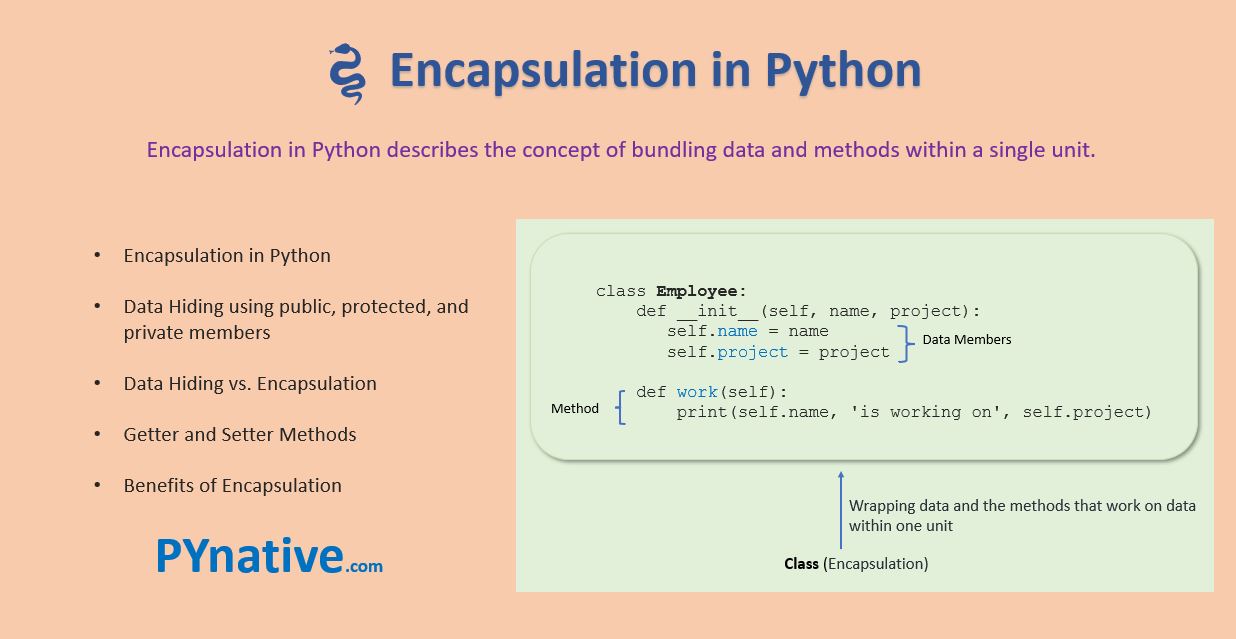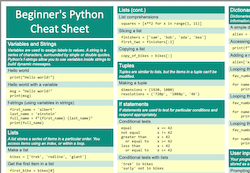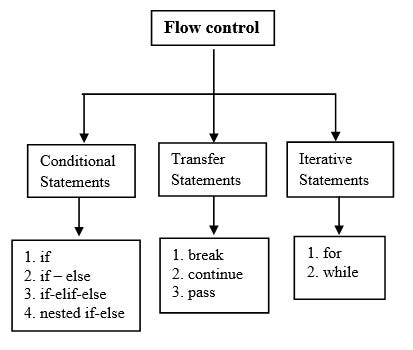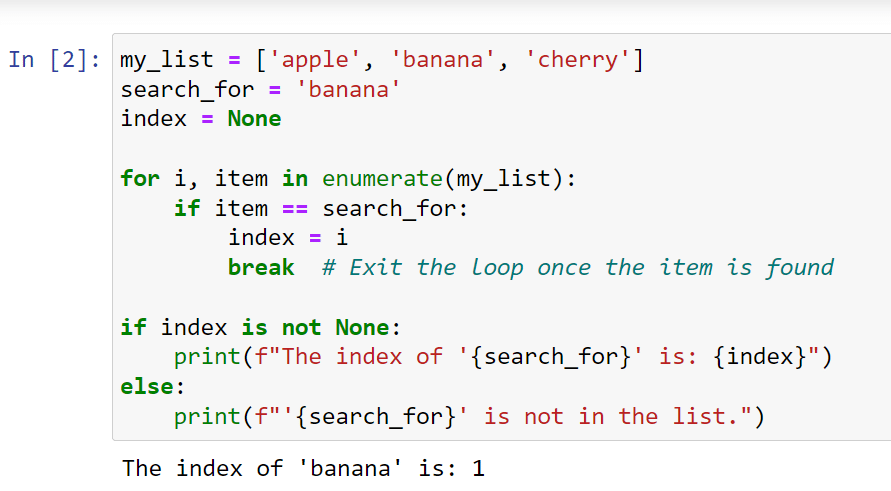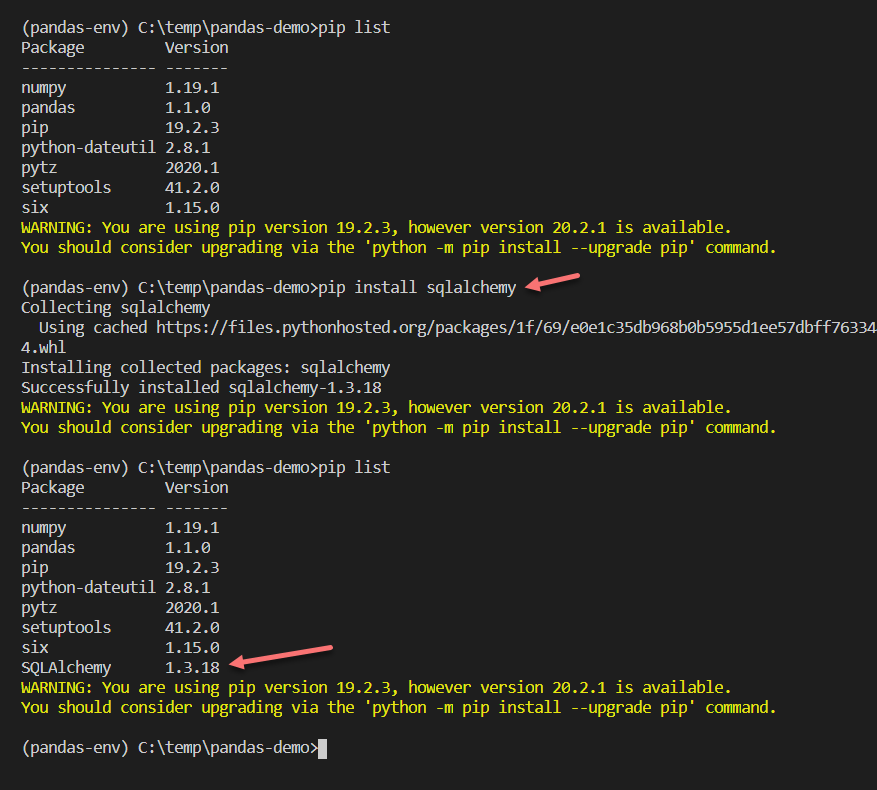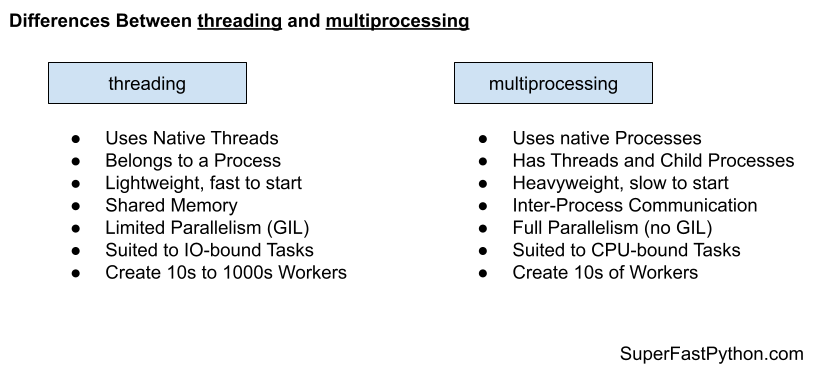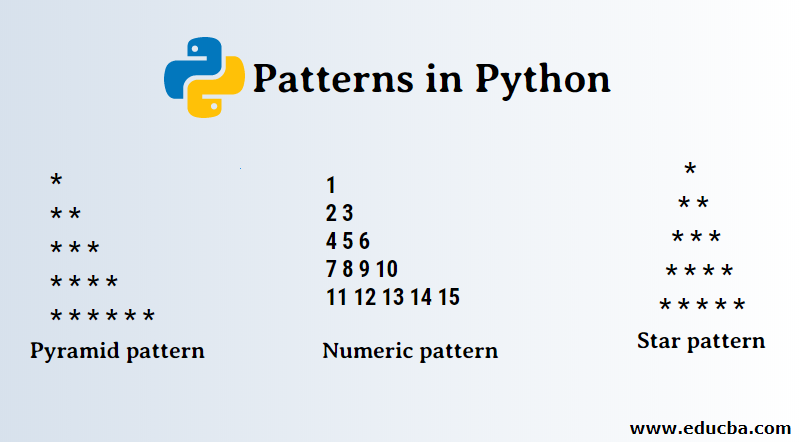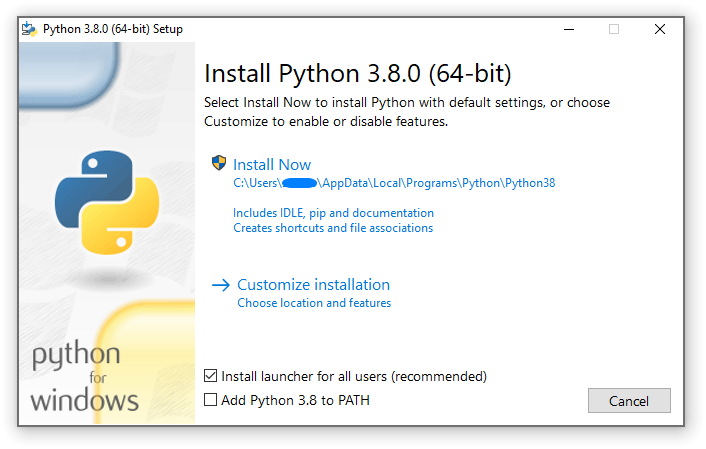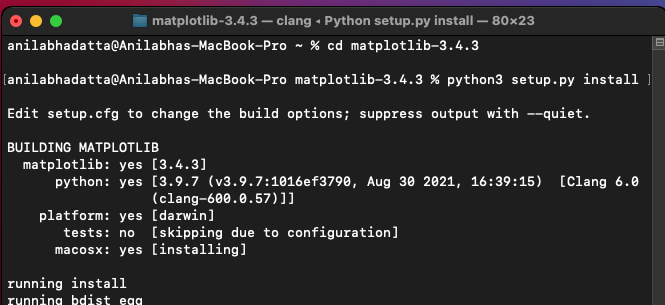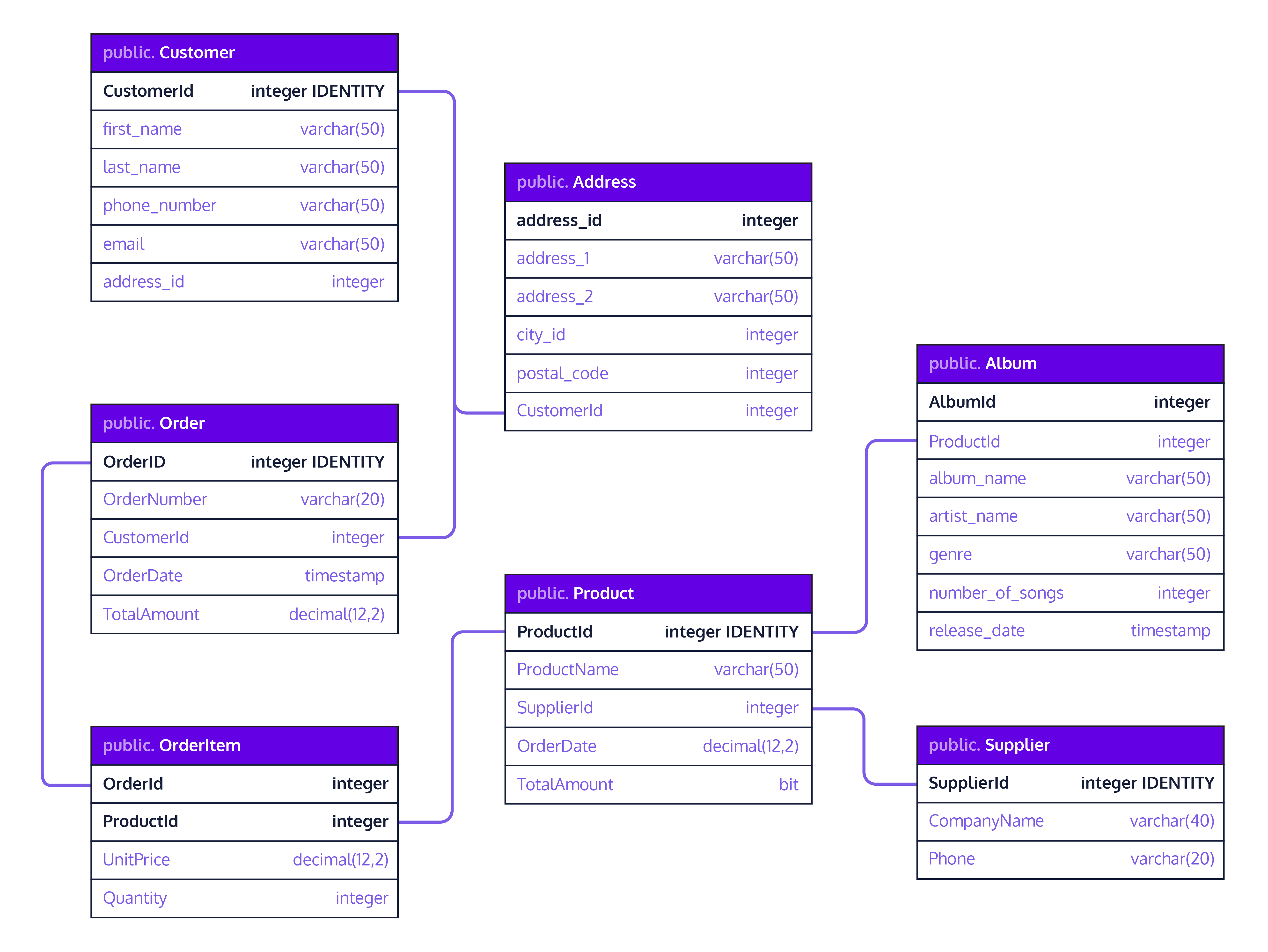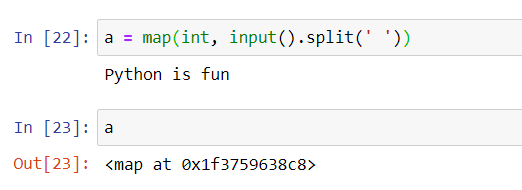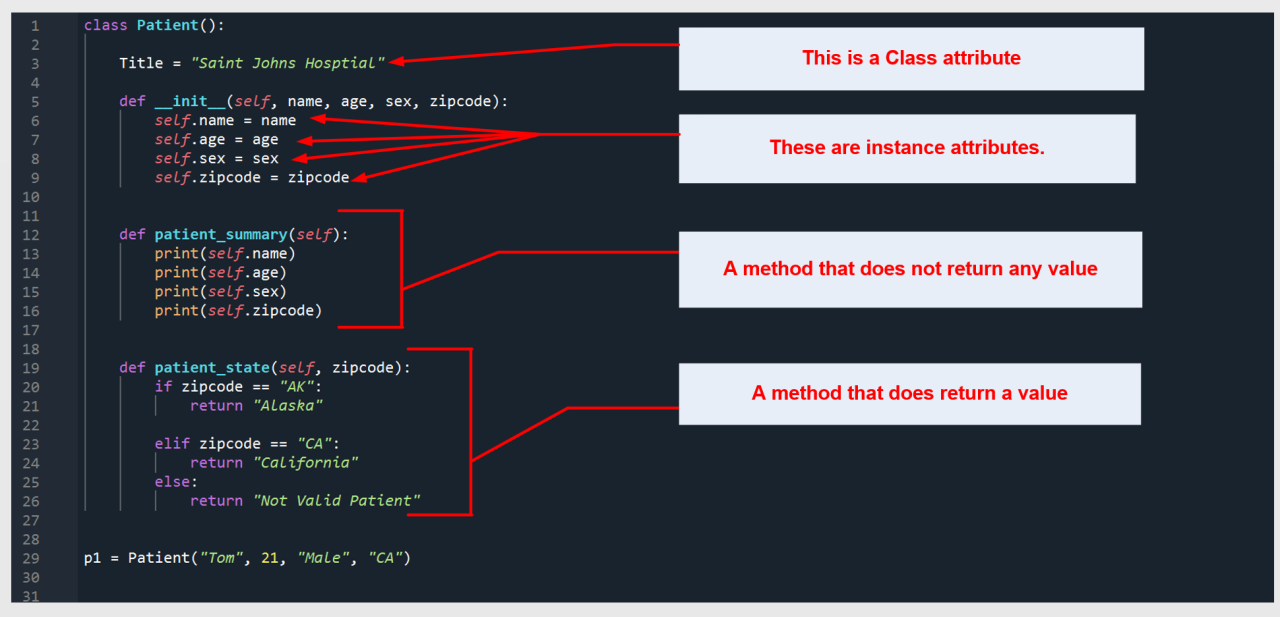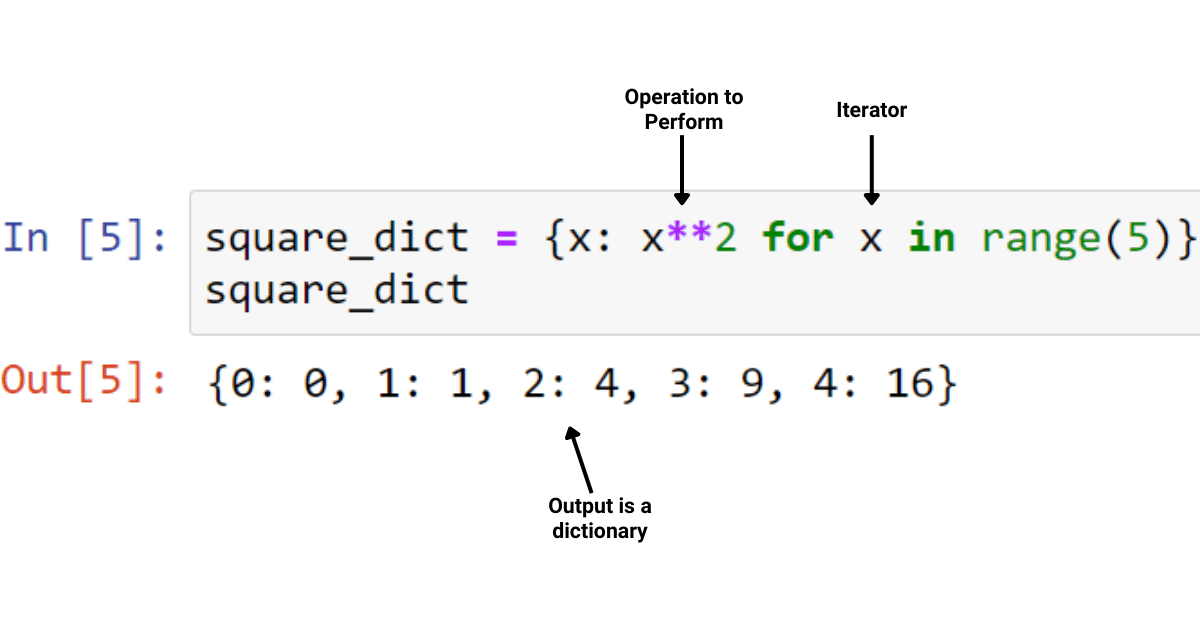How to take files as input in Python?
How to take files as input in Python?
I'm happy to help! Here's a detailed explanation of how to read and work with files as input in Python.
Why Read Files?
Files are an essential part of any programming project, allowing you to store and retrieve data efficiently. In Python, you can use built-in functions to read and write files, which is crucial for tasks like:
Reading configuration files Processing large datasets Handling user input or outputBasic File Input/Output Operations
Python provides several ways to interact with files, including the following:
Reading Files: You can use theopen() function to read a file's contents into a variable. The most common mode is 'r', which stands for "read only." This operation assumes that the file exists and is readable.
with open('example.txt', 'r') as file:
content = file.read()
print(content)
open() function with a mode of 'w' or 'a'. The 'w' mode truncates (deletes) any existing contents and writes new data. The 'a' mode appends new data at the end.
with open('example.txt', 'w') as file:
file.write('Hello, World!')
'a' mode with write().
with open('log.txt', 'a') as log_file:
log_file.write('New entry added at 14:30n')
file = open('example.txt', 'r')
content = file.read()
print(content)
file.close() # Good practice, not necessary with modern Python versions
File Modes and Characters
Python uses the following modes and characters:
Read-Only:'r' Write-Only: 'w' (truncates existing data) or 'a' (appends new data) Read and Write: 'w+' (writes, overwriting existing data), 'a+' (appends, preserving existing data)
File Object Methods
When you open a file in Python, you get a file object, which provides methods for reading, writing, seeking, and telling (checking the current position). Some useful methods include:
Error Handling and Try-Except Blocks
When working with files, it's essential to handle potential errors and exceptions using try-except blocks. Python provides various error types (e.g., FileNotFoundError, IOError) that you can catch and respond to accordingly.
try:
with open('example.txt', 'r') as file:
content = file.read()
except FileNotFoundError:
print("The file does not exist.")
In this example, the code tries to read a file. If the file is not found, it catches the FileNotFoundError and prints an error message.
Real-World File Input/Output Scenarios
Here are some examples of real-world scenarios where reading files as input is crucial:
Reading configuration files: Read settings from a config file to adjust program behavior. Processing large datasets: Load data from a CSV or JSON file for further processing. Handling user input: Read text files containing user-generated content, such as chat logs or survey responses.By mastering the basics of file input/output in Python, you'll be well-equipped to tackle various tasks and projects, ensuring efficient data handling and manipulation.
How do you use input and output files in python with example
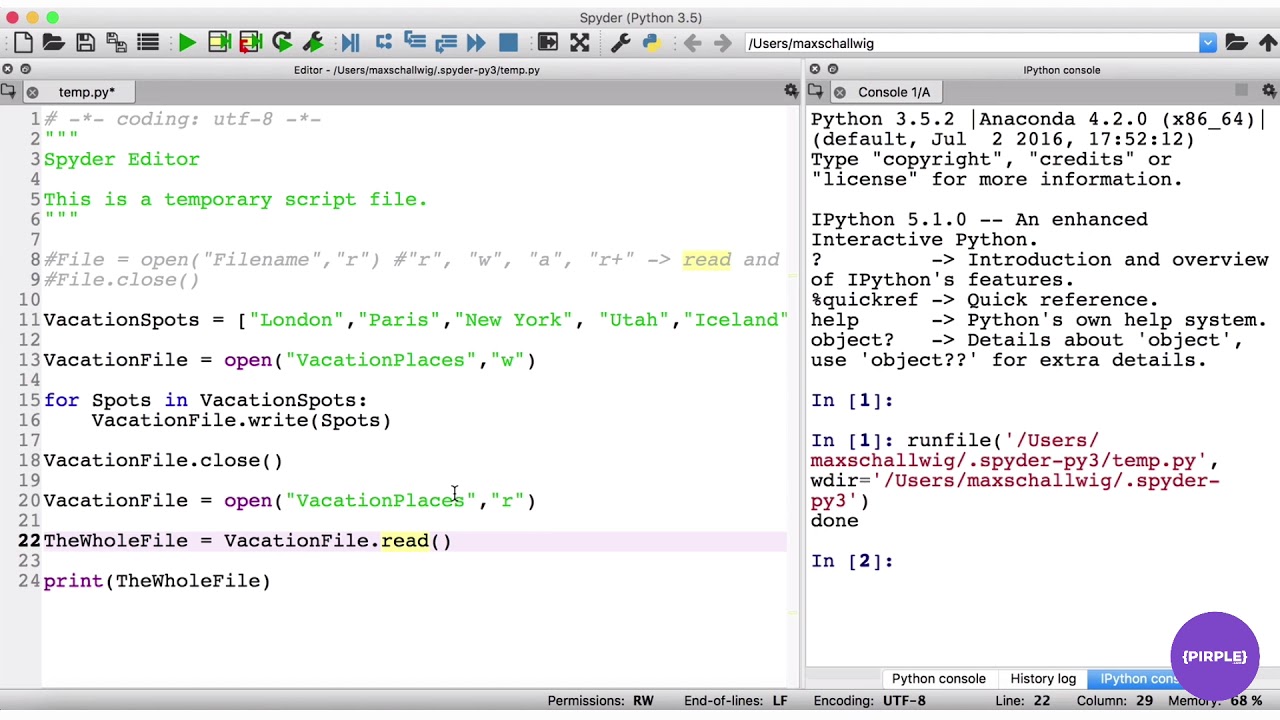
In Python, reading from a file is called "input" and writing to a file is called "output." Using files is a common operation when working with data. Here are some examples of how to read and write text files:
Reading from a File (Input)
You can use the built-in open() function in Python to open a file. The mode argument specifies whether you want to open the file for reading ('r'), writing ('w') or appending ('a'). Here is an example of how to read from a text file:
with open('input.txt', 'r') as f:
lines = [line.strip() for line in f.readlines()]
print(lines)
In this code, we are opening the input.txt file and reading its contents. The with statement is used so that the file gets closed even if exceptions occur.
Writing to a File (Output)
Similarly, you can write to a file using the same open() function:
with open('output.txt', 'w') as f:
for line in ['This is line 1', 'This is line 2']:
f.write(line + 'n')
In this code, we are opening the output.txt file and writing some lines to it. The mode 'w' means "write" and it will overwrite any existing file.
Reading and Writing CSV Files
Python has a module called csv that makes it easy to work with comma-separated values (CSV) files. Here is an example of how to read from a CSV file:
import csv
with open('input.csv', 'r') as f:
reader = csv.reader(f)
for row in reader:
print(row)
And here is an example of how to write to a CSV file:
import csv
with open('output.csv', 'w', newline='') as f:
writer = csv.writer(f)
writer.writerow(['This', 'is', 'row']) # Write header
for i in range(3):
row = [i, i**2]
writer.writerow(row)
In these examples, the csv.reader() function is used to read from a CSV file and the csv.writer() function is used to write to a CSV file.
Reading and Writing JSON Files
Python has a module called json that makes it easy to work with JSON files. Here is an example of how to read from a JSON file:
import json
with open('input.json', 'r') as f:
data = json.load(f)
print(data)
And here is an example of how to write to a JSON file:
import json
data = {'name': 'John', 'age': 30}
with open('output.json', 'w') as f:
json.dump(data, f)
In these examples, the json.load() function is used to read from a JSON file and the json.dump() function is used to write to a JSON file.
Remember that the mode of opening a file determines whether you can read or write. Here are some common modes:
'r': Read (default) 'w': Write (truncates the file if it already exists) 'a': Append 'r+', 'w+' and 'a+': Read-write 'x': Create a new file; fails if the file already exists
In Python, you can also use the contextlib module to simplify file handling. The with statement ensures that the file gets closed even if exceptions occur.

